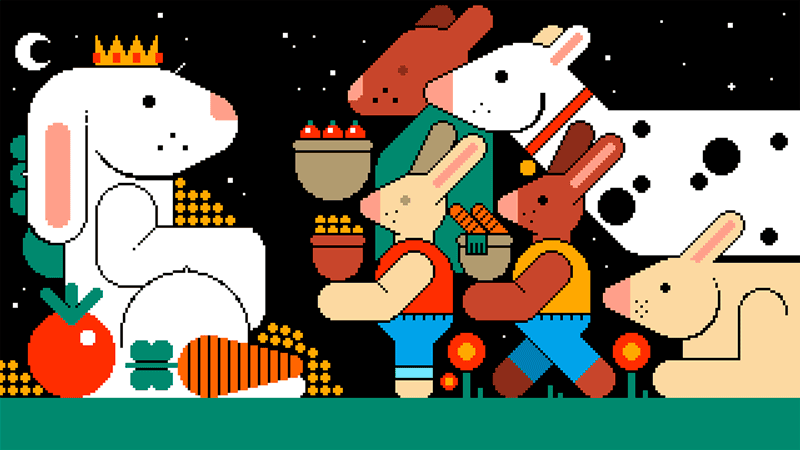Inside a lab at the U of A, there is an artificial world where digital rabbits and wolves are born, live, reproduce and die. It's nothing fancy, just 2D shapes made of pixels to create a predator-prey environment, but those rabbits and wolves have artificial neural networks - or brains.
It's an experiment that seems part sci-fi, part Hollywood. Researchers, students and a powerful monitoring computer are analyzing every move in the colony, watching its evolution and looking for evidence of novel behaviour.
For Vadim Bulitko, lead researcher and computing science professor, this "petri dish" could provide clues to how artificial beings learn through interaction. Will they develop language, ethics or desires? Artistic creativity? Personalities?
The research team cuts across a swath of arts, science and humanities, including fine arts professor Marilène Oliver, Marcia Spetch, a psychologist with an expertise in animal cognition, and computational philosopher John Simpson. Invaluable, as well, is a second computer, also built with deep neural networks, which monitors the colony and is being trained to look for anomalies that may be missed by humans.
The project looks for surprises, and researchers got one when the rabbits, which were programmed identically, separated into distinct groups of leaders and followers.
Each rabbit was programmed to automatically eat when it came across a patch of grass. As new rabbits were born into the environment, however, researchers found that some actively sought out the grass, while others didn't - in fact, they would avoid it.
Yet this second group would follow the leaders onto the grass, where the followers would automatically eat and, therefore, survive. When the leaders were removed, the followers stopped eating and died.
The researchers did not expect the leader and follower rabbits to emerge, it just happened. "Who knows what's going to happen next?" asks Bulitko.
Eventually, variables will be added to the environment, such as utterances that the rabbits or wolves could use to create a language.
"What will be the role of these things? If they do develop their own desires are they going to be hostile to us? Friendly to us? Ignoring us? These are some important questions. We can't solve them by pretending that they don't exist."

We at New Trail welcome your comments. Robust debate and criticism are encouraged, provided it is respectful. We reserve the right to reject comments, images or links that attack ethnicity, nationality, religion, gender or sexual orientation; that include offensive language, threats, spam; are fraudulent or defamatory; infringe on copyright or trademarks; and that just generally aren’t very nice. Discussion is monitored and violation of these guidelines will result in comments being disabled.